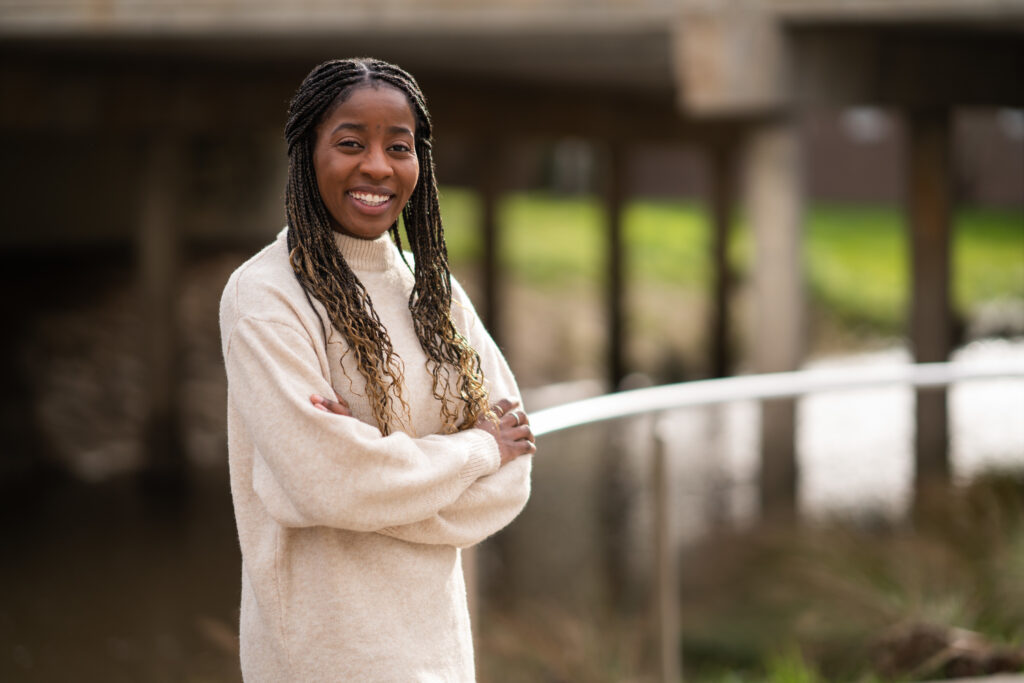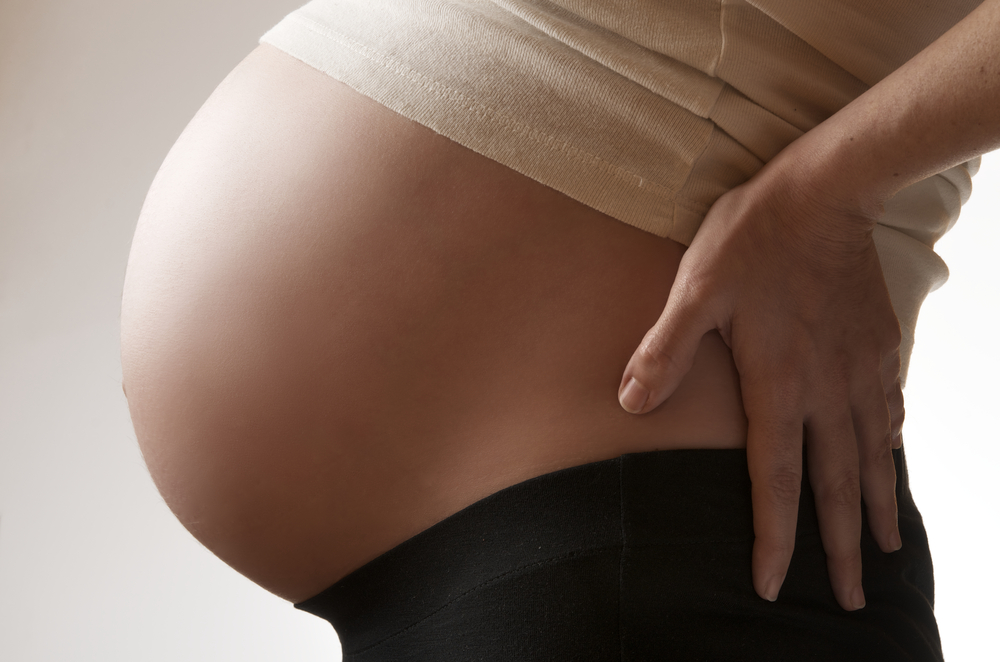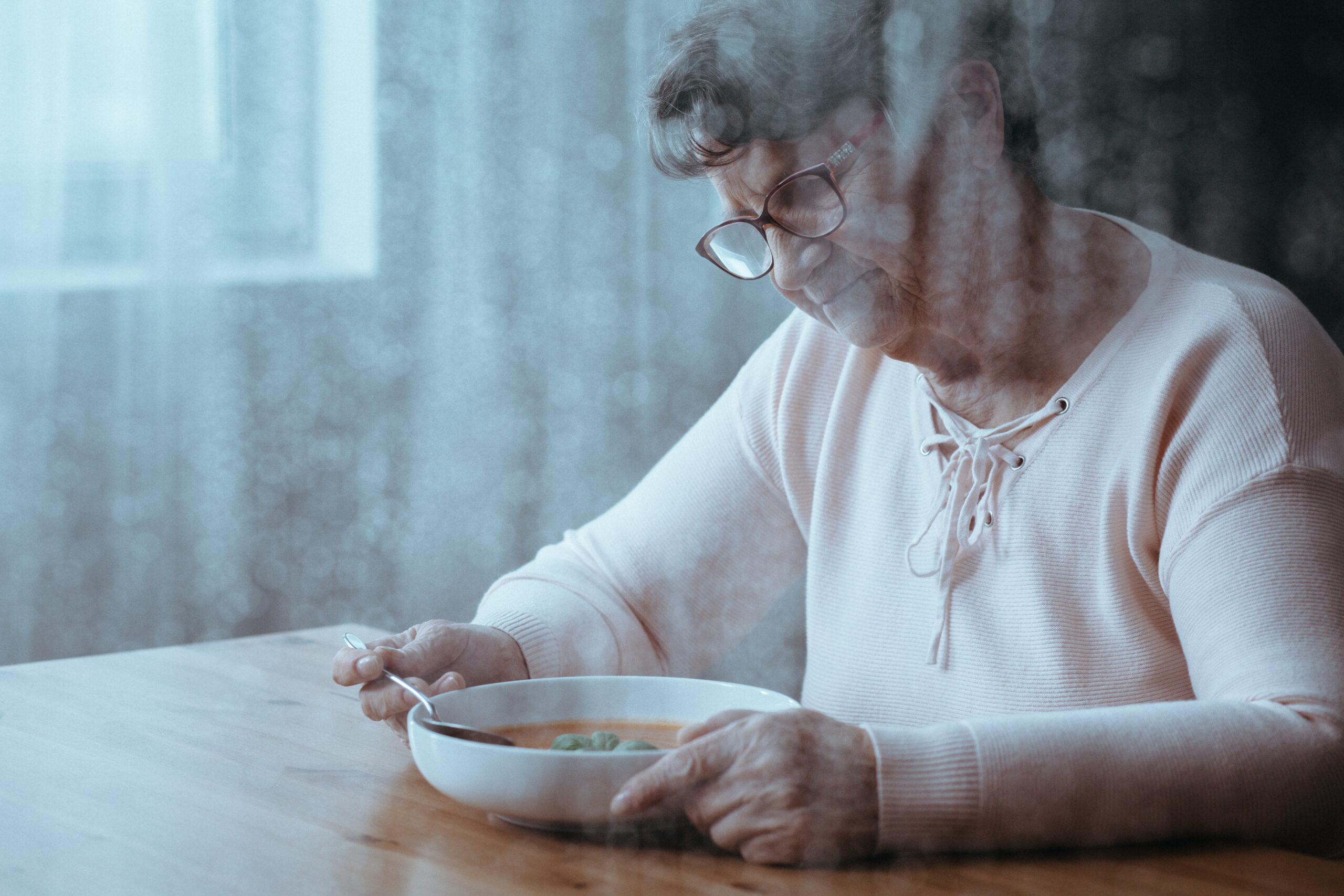Research from the Australian National University shows natural disasters – specifically recent cyclones in Queensland – increase the rates of premature and low birthweight births. BroadAgenda editor Ginger Gorman chatted to lead author Cynthia Parayiwa, PhD candidate at the ANU.
Tell me what you were studying and why?
We aimed to explore an association between birth outcomes and areas affected by severe cyclones in Queensland, Australia. The Developmental Origins of Health and Disease hypothesis has been around for a few years and has been used to understand the relationship between a mother’s environment and adverse birth outcomes such as preterm and low birthweight births. Internationally several studies have looked into births following famine in the Netherlands, hurricanes in the US, and earthquakes in China finding an association between environmental changes and adverse outcomes.
They have further found that babies born with these adverse birth outcomes are at a higher risk of chronic disease in later life. Despite this, research has remained limited within an Australian context, particularly following cyclones which are one of the most destructive severe weather events to affect the nation. Findings from this research would also be significant when looking to better understand the health impacts of other natural disasters that affect Australia such as destructive bushfires and flooding.
How did you do this study?
This study focused on using population data to explore an association between birth outcomes in areas affected by three severe, category five, cyclones that affected Queensland, Australia (cyclones Yasi (2011), Marci (2015), and Debbie (2017)). This was the first research project in Australia to look into birth outcomes following three disaster events in the same study while also accounting for the estimated pregnancy stage at the time of the cyclone event.
Cyclone affected and unaffected areas were statistically compared while controlling for maternal characteristics that can also affect birth outcomes such as a mother’s age, marital status, or smoking during pregnancy. We also compared birth outcomes in affected areas during the year of the cyclone and outcomes in the same areas during a non-cyclone year.
What did you find in your research?
When combining outcomes across all three cyclones, mothers in the early stages of pregnancy (estimated first trimester) residing in affected areas had significantly higher odds of preterm births when compared to mothers in unaffected areas.
Following cyclone Marcia we further found that mothers in the mid-stages of pregnancy (estimated second trimester) were almost twice as likely to have a low birthweight birth than mothers in unaffected areas.
How do we understand what this means in terms of environmental conditions impacting the health of woman’s pregnancy and her baby? Is it the stress of the event that causes the issue? Or other considerations, like lack of fresh food?
As this was a population study it is difficult to pinpoint what is causing these outcomes and more research is needed capturing the experiences of individual mothers. Existing studies have, however, associated a mother’s elevated stress levels and an increased risk of preterm and low birthweight births due to an increased concentration of stress hormones like cortisol.
Population changes before and after a disaster could also drive the results we observed as mothers evacuate from, and sometimes do not return to, affected areas.
Those able to evacuate may be at a lower risk of adverse birth outcomes leaving a population of those more vulnerable to adverse outcomes in the affected areas where they are captured through our analysis.

Cynthia and her team found when combining outcomes across all three cyclones, mothers in the early stages of pregnancy (estimated first trimester) residing in affected areas had significantly higher odds of preterm births when compared to mothers in unaffected areas. Picture: Tracey Nearmy/ANU
Are certain groups of people more at risk in these situations?
Global population growth and the ongoing marketing of coastal settlement as a lucrative financial asset has resulted in large communities forming along vulnerable coastlines both in Australia and internationally. Across the Asia-Pacific, island communities are also extremely vulnerable to the constant threat of cyclone disasters.
To the extent that the upcoming 2022 Asia-Pacific Ministerial Conference on Disaster Risk Reduction to be held in Brisbane, Queensland has identified the Asia-Pacific as the most disaster prone region in the world as they prepare for the midterm review of the Sendai Framework.
This only emphasises the significance of this research as we continue to build disaster resilience across communities.

Pregnant women remain a priority group as they present more than one life that needs to have its health outcomes monitored during and after a disaster event.
We know that climate change is causing more extreme weather events around the globe, more frequently. So how do we plan to mitigate these risks when it comes to maternal health?
Sharing knowledge both within and between countries is an important component of disaster risk management. Just as we share equipment and service personnel with the United States during our respective bushfire seasons, we can similarly learn from each other around how to best protect priority groups such as pregnant women when we are affected by severe storms.
The US Centre for Disease Control and areas frequently affected by severe storms in the US such as Florida have a number of easily accessible resources available to support mothers prepare for and recover from the impacts of severe storms supporting increased control and reduced stress during these events. Similar resources and reference to maternal disaster preparation in pregnancy guidelines remain limited within an Australian context despite the country being a global leader in disaster preparedness.
More can also be done to hear the voices of the mothers affected by disasters during pregnancy and better understanding their experiences across varying sociocultural backdrops. Our findings further highlighted that earlier stages of pregnancy, when mothers might not be as physically limited or visibly pregnant, still present a vulnerable time where they need to be weary of experiencing stressors that could increase their risk of adverse birth outcomes.
Is there anything else you want to say?
It would be great to see more interdisciplinary collaboration within this research space as we harness available data and the stories of mothers experiencing disasters to develop policies, guidelines, and social supports to minimise the impact on their pregnancy outcomes. This would see statisticians working together with anthropologists, human behavioural ecologists and epidemiologists to identify significant trends and vulnerable locations requiring interventions and further research.
Read the full paper here.
- Feature image: PhD candidate Cynthia Parayiwa poses for photographs at the ANU in Canberra, ACT, Australia, 15, August, 2022. Picture: Tracey Nearmy/ANU
Ginger Gorman is a fearless and multi award-winning social justice journalist and feminist. Ginger’s bestselling book, Troll Hunting, came out in 2019. Since then, she’s been in demand both nationally and globally as an expert on cyberhate and the real-life harm predator trolling can do. She's also the editor of BroadAgenda and gender editor at HerCanberra. Ginger hosts the popular "Seriously Social" podcast for the Academy of the Social Sciences in Australia. Follow her on Twitter.





